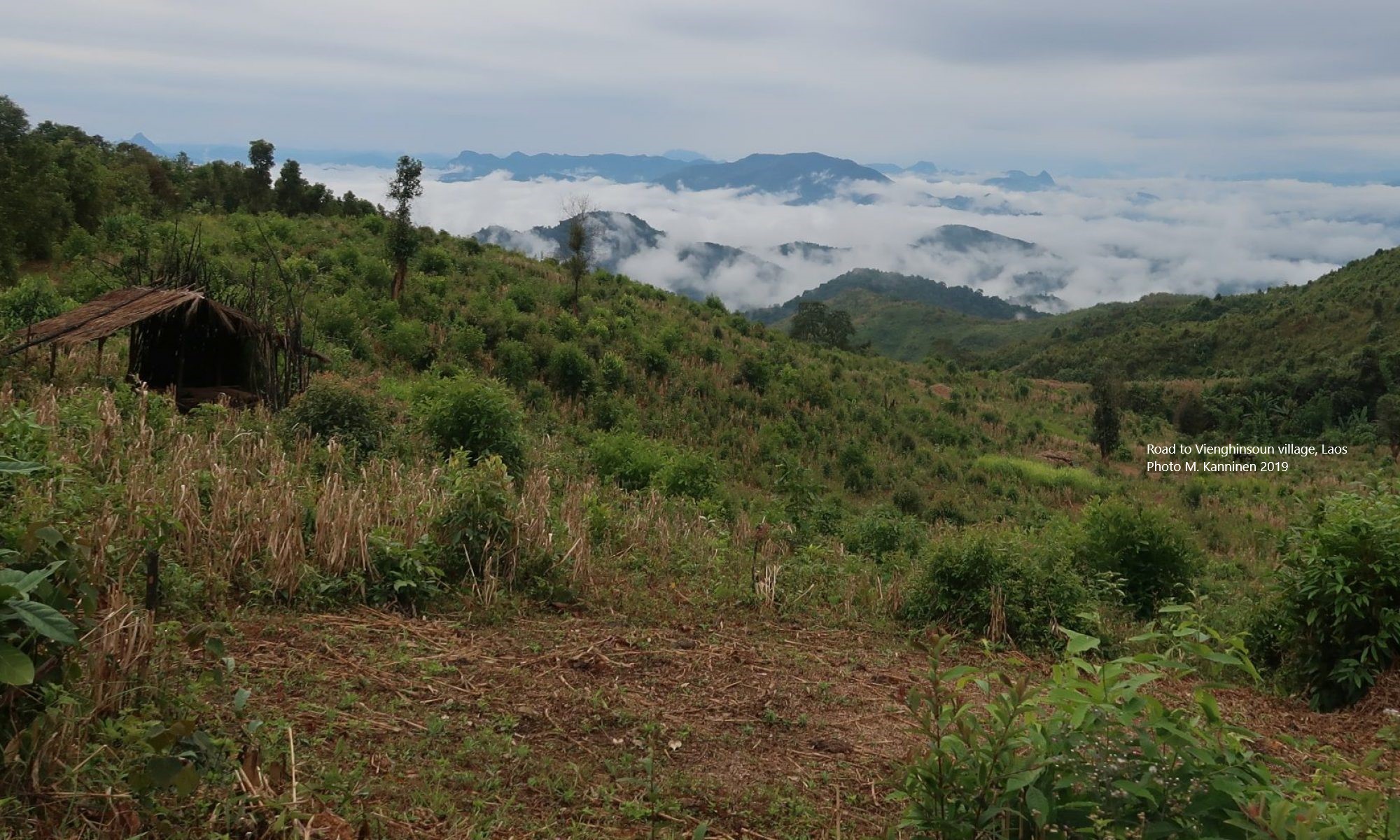Multilevel Governance and Carbon Management – Learning from REDD+: An Enhanced Global Comparative Analysis (2013-2017)
Introduction
This project is a part (formally Component 4a) of a large research project titled “Learning from REDD+ – An Enhanced Global Comparative Analysis” carried out by the Center for International Forestry Research (CIFOR) and its partners in 12 countries and 23 project sites in Africa, Asia, and Latin America.
Module 4a “Carbon Management at the Landscape Scale” research focuses on management at the landscape scale to facilitate adoption of low carbon emission policies and measures. This module will also address improved design of multilevel institutions and processes to overcome economic and policy barriers to REDD+ implementation and other low carbon land use policies.
This project was carried out under two agreements between the University d Helsinki and CIFOR: 1) Landscape-level carbon analysis. Learning from REDD+: An Enhanced Global Comparative Analysis (2013-2015) and 2) Carbon, biodiversity and climate adaptation: Carbon, biodiversity and climate adaptation: trade-offs at the landscape scale (2016-2017).
Expected outcome and research objective:
- Expected outcome: Adoption of low carbon emission policies at landscape and national scales.
- Objective: To improve the design of multilevel institutions and processes to overcome economic and policy barriers to REDD implementation and other low carbon land use policies.
Activities related to carbon outcomes:
- Screening and compilation of existing data & new carbon data collection where required
- Development of a carbon simulation model CarboScen tool to allow easy simulation at landscape scale under different land use change scenarios.
Publications
Peer-reviewed papers
Larjavaara, M., Davenport, T.R.B., Gangga, A., Holm, S., Kanninen, M., Tien, N.D. 2019. Payments for adding ecosystem carbon are mostly beneficial to biodiversity. Environmental Research Letters 14, 054001.
Larjavaara, M., Kanninen, M., Gordillo, H., Koskinen, J., Kukkonen, M., Käyhkö, N., Larson, A.M., Wunder, S. 2018. Global variation in the cost of increasing ecosystem carbon. Nature Climate Change 8, 38-42.
Ravikumar, A., Larjavaara, M., Larson, A., Kanninen, M. 2017. Can conservation funding be left to carbon finance? Evidence from participatory future land use scenarios in Peru, Indonesia, Tanzania, and Mexico. Environmental Research Letters 12, 014015.
Larjavaara, M., Kanninen, M., Alam, S.A., Mäkinen, A., Poeplau, C. 2017. CarboScen: a tool to estimate carbon implications of land-use scenarios. Ecography 40, 894-900.
Other publications
Larjavaara, M., Gangga, A., Holm, S., Kanninen, M., Nguyen, D.T. 2018. Ecosystem carbon and biodiversity in thirteen landscapes around the world (Oral presentation and abstract). In, 5th European Congress of Conservation Biology. June 12-15, 2018, Jyväskylä, Finland.
Kanninen, M., Larjavaara, M. 2018. Land-use, ecosystem carbon and biodiversity in tropical landscapes (Oral presentation and abstract). In, 2018 World Conference on Natural Resource Modeling, June 9 – 13, 2018, Guangzhou, China.
Kowler, L.F., Ravikumar, A., Larson, A.M., Rodriguez-Ward, D., Burga, C. 2016. Analyzing multilevel governance in Peru: Lessons for REDD+ from the study of land-use change and benefit sharing in Madre de Dios, Ucayali and San Martin. Center for International Forestry Research (CIFOR), Bogor, Indonesia. 85 p.
Larjavaara, M., Kanninen, M., Alam, S., Anderson-Teixeira, K.J., Gordillo, H., Koskinen, J., Kukkonen, M., Käykö, N., Mäkinen, A., Nescio, N., Pienimäki, A., Poeplau, C., Wei, X. 2015. Expert perceptions on cost of increasing biospheric carbon in landscapes in Finland, Indonesia, Peru and Tanzania (Oral presentation and abstract). In, Our Common Future under Climate Change, July 7-10, 2015, Paris, France.
Larjavaara, M., Kanninen, M., Gordillo, H., Gonzales, J., Kowler, L.F., Larson, A.M., Ravikumar, A. 2014. How much carbon in future landscapes? (Oral presentation and abstract). In, Future Infinite Academic – Sustainable futures in a changing climate, June 11-12, 2014, Helsinki, Finland.
Links
- CarboScen tool to compute ecosystem carbon (software download)
- CIFOR web page Multilevel Governance and Carbon Management
- Factsheet on Multilevel Governance and Carbon Management (in 5 languages)
Carbon Management at the Landscape Scale – the approach
The research used a two-pronged approach aimed at improving institutions, processes and tools for low carbon land use decisions, based on better knowledge regarding carbon tradeoffs, at the landscape scale. Landscape approaches to forests and trees emphasize a systematic understanding of complex multi-functional landscapes and the roles of all actors in managing tradeoffs. However, knowledge for and experience of implementing a landscape approach in the context of REDD+ is very limited.
Land use decisions are often based on poor understanding of tradeoffs regarding carbon effects of different land uses at the landscape scale. The study used scenarios and modelling analyze alternative futures (carbon outcomes) based on different land use policies, and presented a method for carbon monitoring at landscape scale.
Study sites were selected from 5 countries: Indonesia, Mexico, Peru, Tanzania, and Vietnam. Landscapes were selected to coincide with lower level political jurisdictions to facilitate governance research and the relationship of policy to land use. Intensive research involved fieldwork on both topics in 2 sites per country. In addition to CIFOR, the project collaborated with several local and national partners, and it cooperated with ICRAF.
